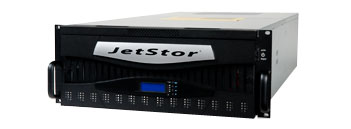
Since its origins dating as far back as 1988, RAID has been a mainstay strategy for protecting and delivering data. The principle is simple; treat multiple drives as a single logical unit to either accelerate reads and writes or ensure no data loss should a drive (or even multiple drives) fail. For both NAS and SAN storage, RAID over the years has served small and large enterprises well, delivering performance, reliability, and capacity. But while the core principles remain the same, today’s iSCI, SATA, and SAS RAID solutions are delivering even greater capabilities to optimize data storage.
In a prior blog, we discussed how next-generation RAID arrays are available with solid state drives (SSDs), which substantially improve I/O speeds. Last month, we discussed how some of these systems also offer data deduplication to reduce the amount of data that needs to be stored. Now, we’ll give a shout out to snapshot technology, which greatly improves data protection.
As their name implies, snapshots are analogous to photographs of data at any point in time. Snapshots are taken periodically to record how the data looked at a given moment. Snapshots use a system of points to reference the actual data and each records the delta, or any changes, since the prior snapshot. Because continually backing up primary data can be impractical due to the required processing power and bandwidth, snapshots can provide rapid recovery times and tighter recovery point objectives (RPOs). Snapshots also can conserve disk space and, because they are done in the array, snapshots are not confined to particular operating systems or applications like many continuous data protection solutions. When they offer snapshot functionality, RAID arrays can make backing up data more efficient and reliable than ever.
